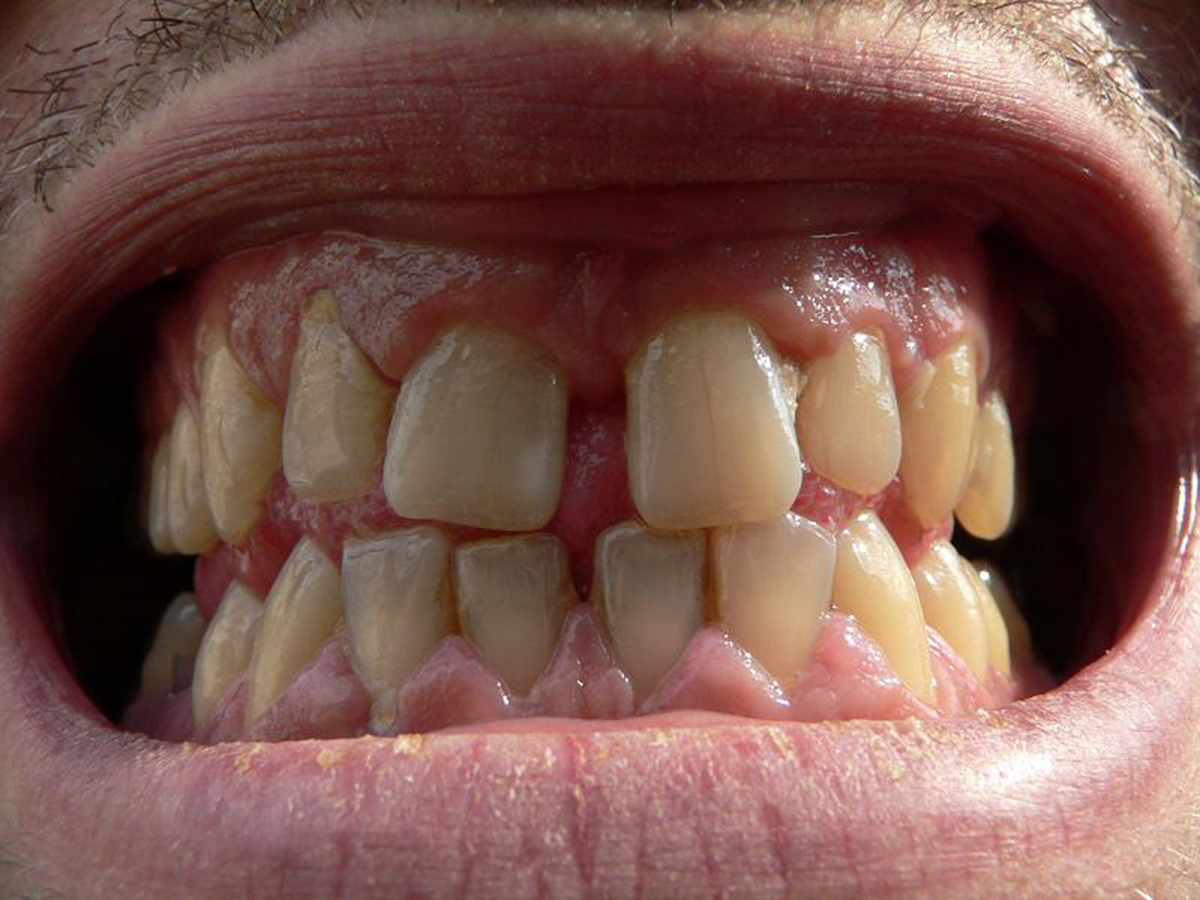Table of Contents
Increase In Spacing Between The Teeth
Gum disease or Periodontal disease affects the supporting structures of the teeth, meaning it affects the gums, the surround ligament and the supporting bone. Over a period of time, these supporting structures around the teeth start getting destroyed. This results in the appearance of gaps in between the teeth or a widening of previous gaps. This change appears extremely slowly and can be quite difficult to perceive for that matter.

Look for food lodgment in places where it never used to occur earlier. Compare old photographs with ones taken now to see if the gaps between your teeth have increased. There are some conditions in which the periodontal disease is very aggressive and thus progresses very quickly. It is not uncommon to find tooth migration and eventual tooth loss by the mid twenties. A regular check up with the dentist will help these conditions to be diagnosed early.
Tooth Mobility
Signs of mobility in the teeth generally means that the periodontal disease is quite severe in that particular region. Mobility occurs in some physiologic conditions for a short amount of time, however it is extremely mild in nature and does not last for a long time. Hormonal changes in women during menstruation and pregnancy are some examples of these conditions.
Tooth mobility might or might not be accompanied with tooth migration, although it commonly is. This condition also affects other teeth nearby as maintaining oral hygiene in the area becomes more difficult, the force distribution on the other teeth nearby increases and even the micro organisms that are inhabiting the affected teeth can migrate to other nearby teeth and start the progress of disease.
Gingival And Periodontal Abscesses
An abscess is a collection of pus. These appear as spherical swellings of varying sizes and may be single or multiple in nature. They usually grow until a certain point and then develop an opening from where pus oozes out. People suffering from gum disease are extremely prone to developing these abscesses. Depending upon the location of this abscess and the drainage that it is able to establish, this abscess may be associated with pain or not.
Usually abscesses that originate only from gum disease do not affect the nearby tooth directly. They are caused by the accumulation of micro-organisms and food debris in areas where gingival pockets have formed as well as areas of angular bone loss.
See Also: A Brief Look At Periodontal Surgery
It is the tendency of patients to try and "pop" this abscess as it makes it temporarily go away, however that is not the answer to the solution. An abscess can occur relatively early in the progression of the disease and so should not be ignored. Seek treatment immediately so that the problem can be taken care of when it is yet under control. A sign of multiple abscesses may be an indication of underlying un-diagnosed medical condition like diabetes.
- Photo courtesy of miss_rogue via Flickr: www.flickr.com/photos/missrogue/60464304
- Photo courtesy of Loop23 via Flickr: www.flickr.com/photos/loop23/2707208218
- 1. http://www.mayoclinic.org/diseases-conditions/periodontitis/basics/definition/con-20021679
- 2. http://www.webmd.com/oral-health/guide/gingivitis-periodontal-disease

